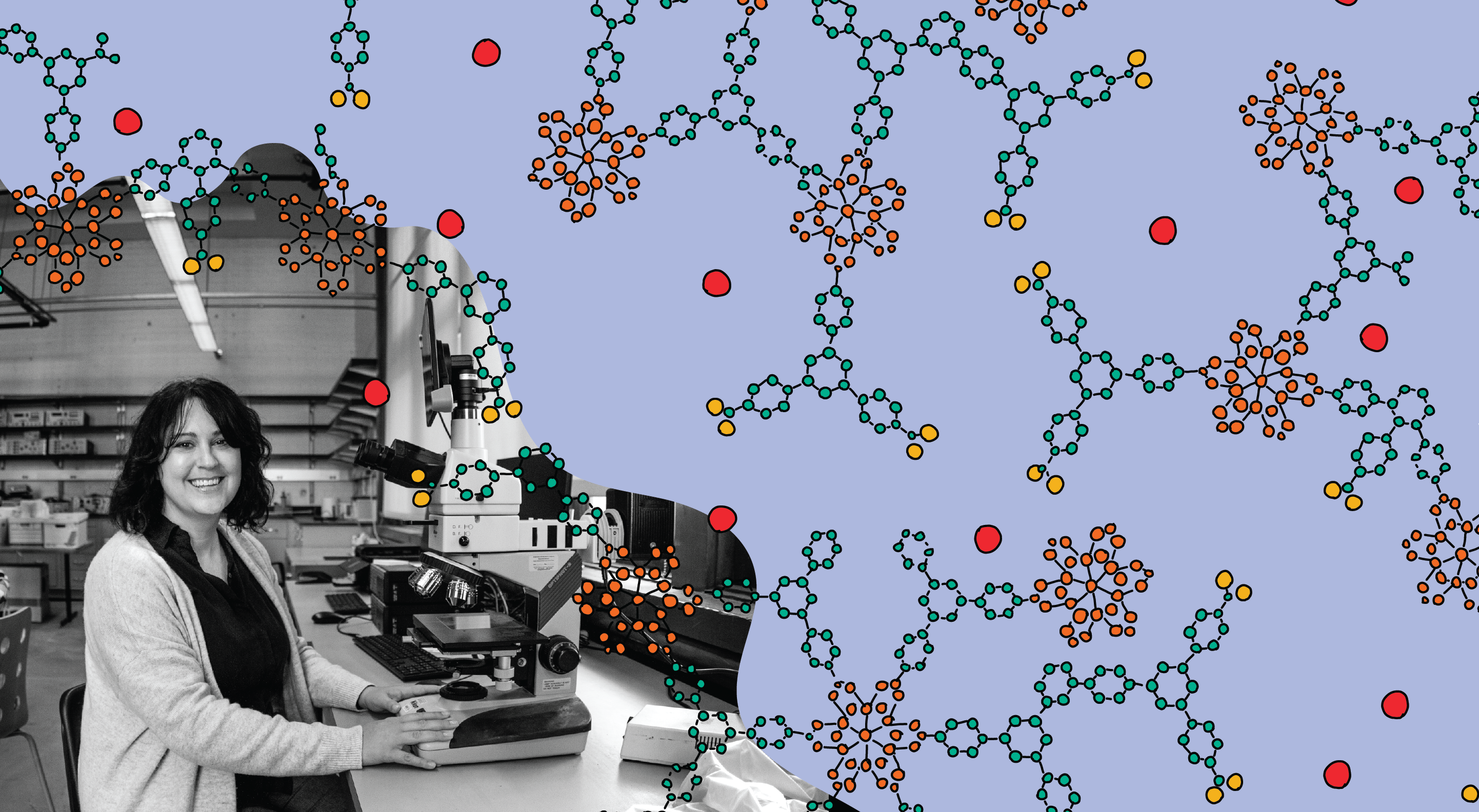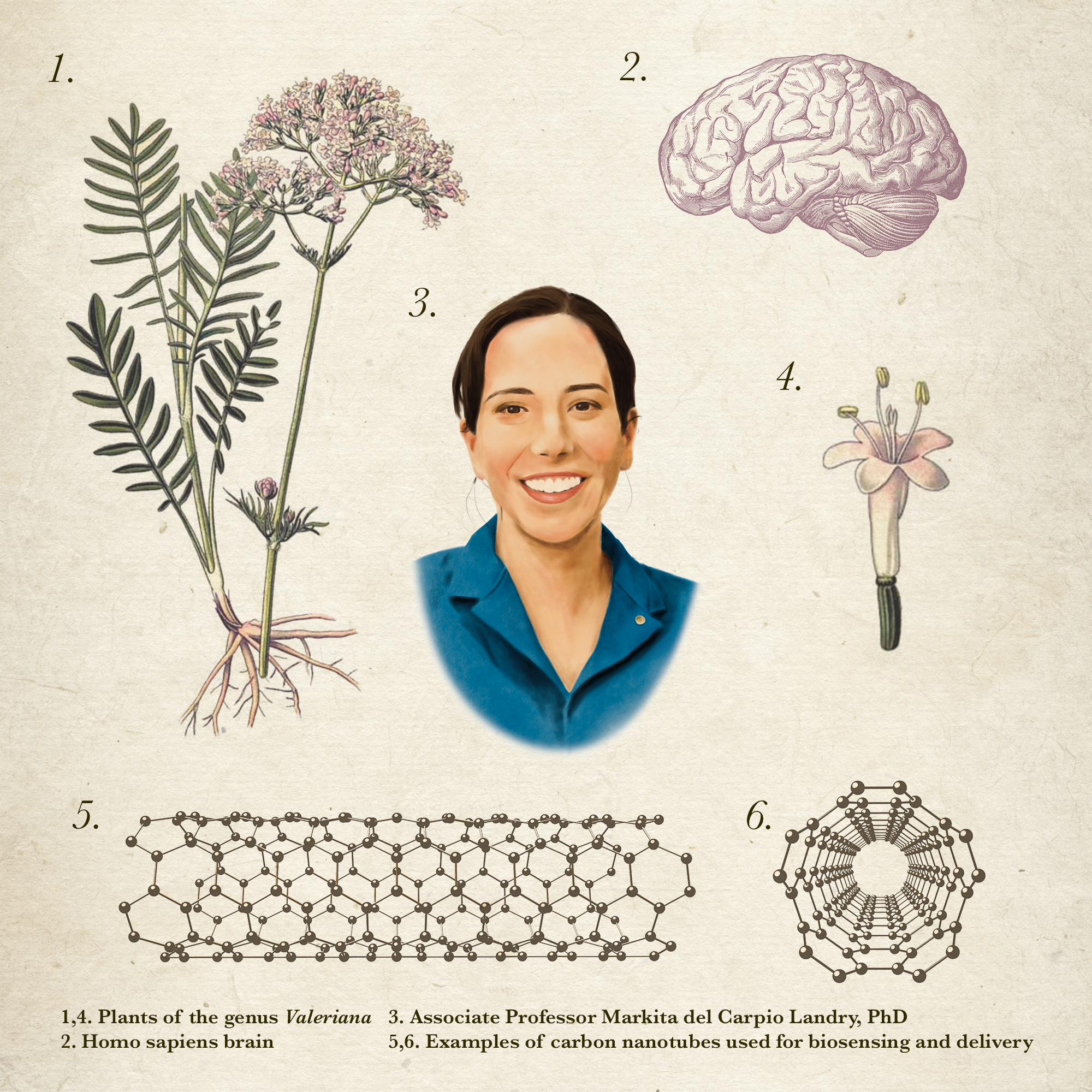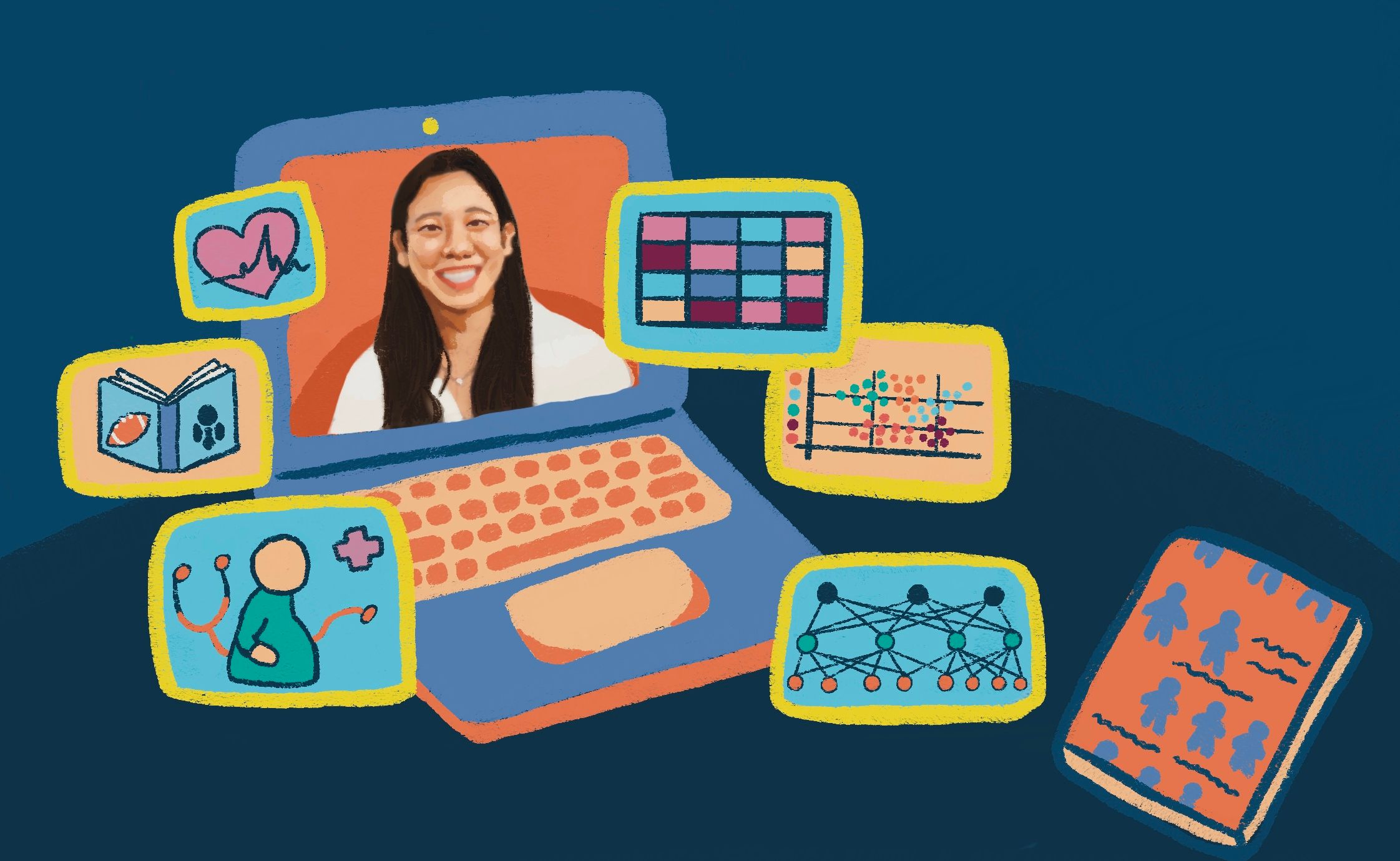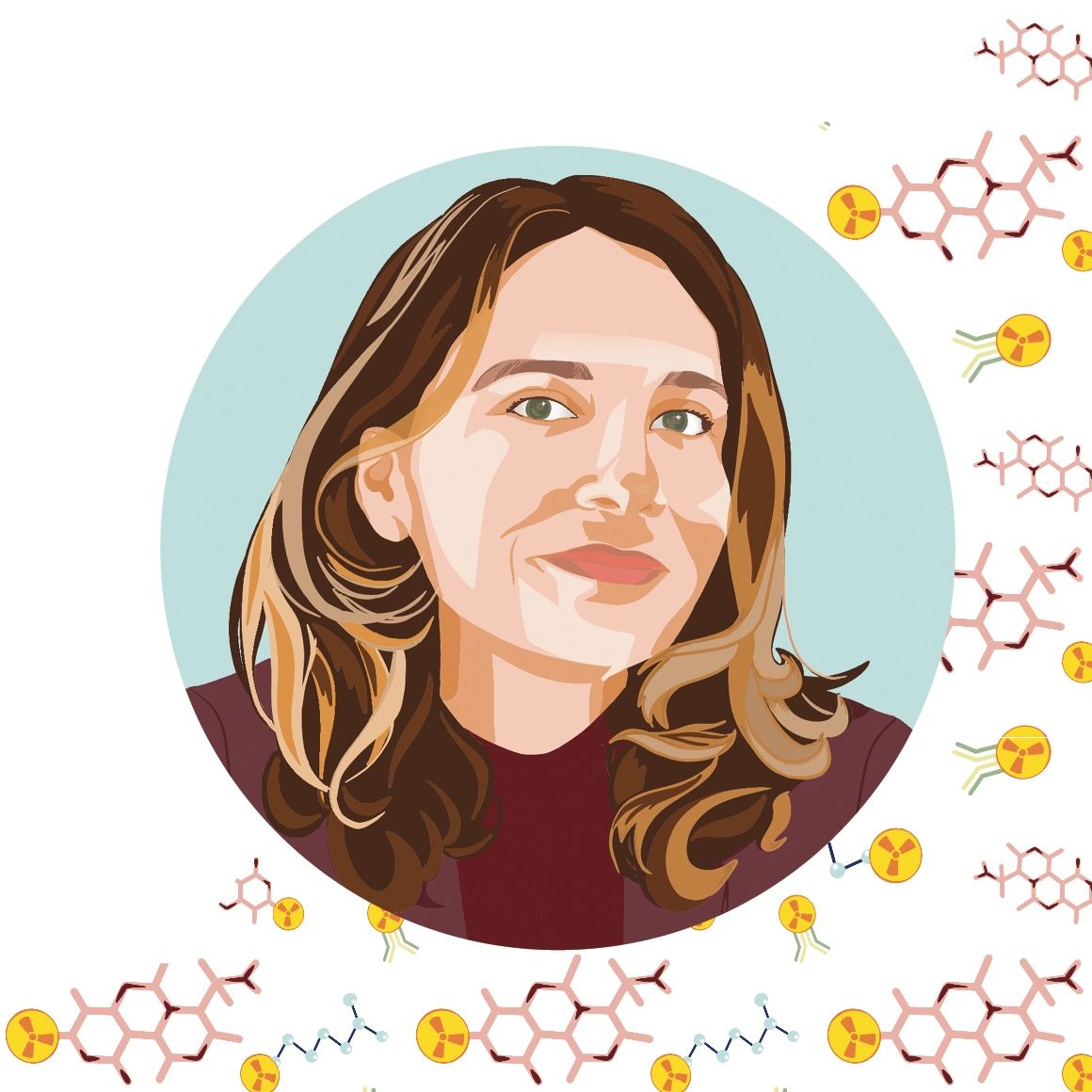
Nothing can stop newly minted Professor Mary Scott from taking big risks and tackling ever more exciting problems in the world of electron microscopy (EM) now that she’s received tenure. Scott joined the Department of Materials Science and Engineering at UC Berkeley and became a staff scientist at the Lawrence Berkeley National Lab (LBL) Molecular Foundry in 2017. Since joining the UC Berkeley community, she’s made great strides in her research studying the structure and function of materials and has built and mentored a thriving research group.
Coming from a background both in fundamental science and engineering, Scott tackles the problems of pure science with an engineer’s practical mindset. Her group’s recent advances are divided into two research regimes: developing new EM techniques to study the performance of materials and designing machine learning algorithms to quantify large EM datasets.
When imaging materials, Scott is interested in “studying the smallest components of matter… where tiny differences make the biggest impact.” For instance, her group previously investigated the nanoscale structure of battery cells by cracking them open before and after use to see how changes in molecular structure affected the battery’s performance. During these experiments, Scott says that they always see something “very surprising. We always learn something unexpected!” To study nanoscale features, her group uses tomography, which is a technique that, in conjunction with EM, allows for 3D imaging with atomic resolution. Scott points out that “anyone who has had a CT scan has had a tomographic reconstruction of their body made.” This technique on the nanoscale leads to “just an exquisitely detailed look at the often very complex structural features that live in tiny nanomaterials.”
These days, EM experiments often output tens of thousands of images—a huge change from the days of using film to print one EM image at a time! Scott’s group seeks to improve the quantitative analysis capabilities on such large datasets by developing machine learning algorithms, essentially “building tools that are more automated—more automated imaging, more automated data analysis.” This process involves reducing the size of the data while maintaining quality. In addition to developing these analysis tools, Scott also aspires to increase their general accessibility “so that [the microscopy] community…can take advantage of these awesome advances.”
Beyond research, Scott’s path to tenure involved many years of teaching and mentoring graduate students. Scott thrives in the campus environment, finding it “very energizing” and “incredibly motivating” to be around “young people who are excited to crack into science and really start their careers.” Scott teaches a graduate-level electron microscopy class, which offers hands-on training in both operating an electron microscope and handling the resulting data. Scott makes it a point to tell her students that she hopes they will gain a “comfort and confidence in this field, being able to design their own experiments, confidently approach collaborators,” and to feel as though they have the tools to succeed within the EM community. With this in mind, Scott has built her own research group around the idea that her students will be collaborators, not competitors, with each other. Scott ensures that each student has ownership of their project and can become an expert in their area; she has created a group that feels like “a place that is safe for them to take risks, ask questions, propose experiments that are a little sideways.” Scott also makes sure to keep her students on track for the career that they want after the PhD—in addition to checking in on their science, she regularly engages them in professional development discussions, which enables them to make strides as impactful as her own.
With the weight of working towards tenure off her back, Scott is looking forward to resuming her monthly camping trips with her husband (who she met at the Ohlone dog park, take note if you’re looking for love), exploring more of California (she’s an East Coast woman!), diving deep into the newest horror movies (she recommends The Menu), gardening (though not as well as her mother), adopting another (massive) dog, and driving her 1997 BMW (which recently replaced her 1997 Honda Accord).
This article is part of the Spring 2023 issue.





